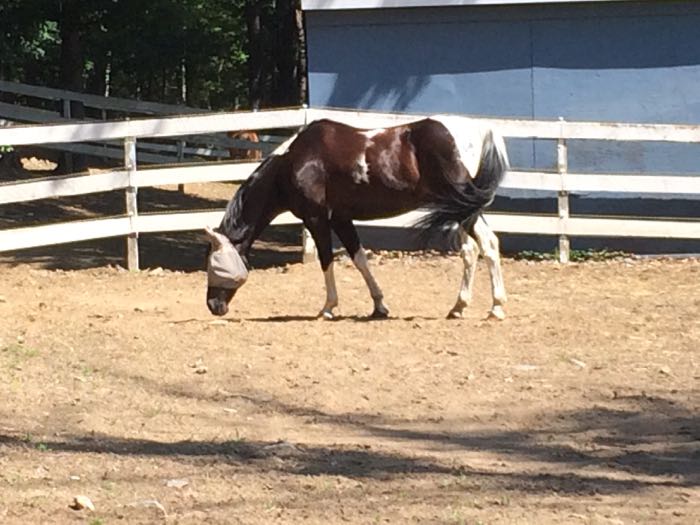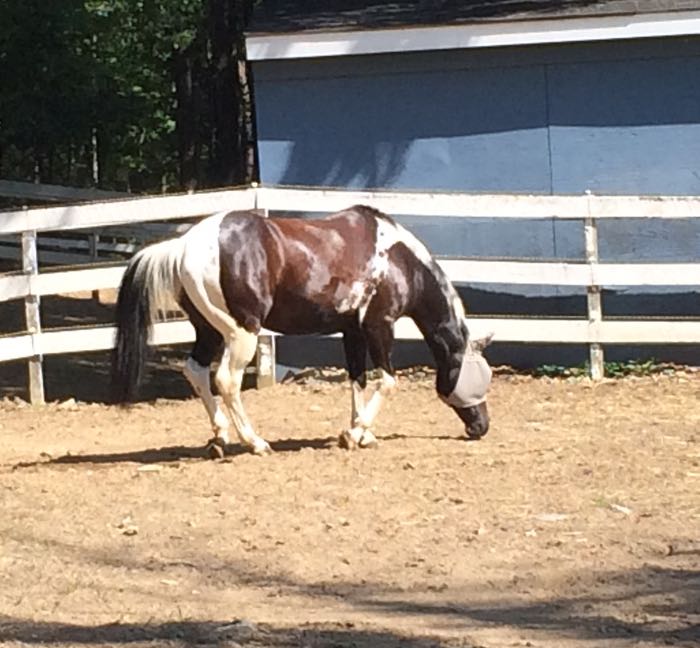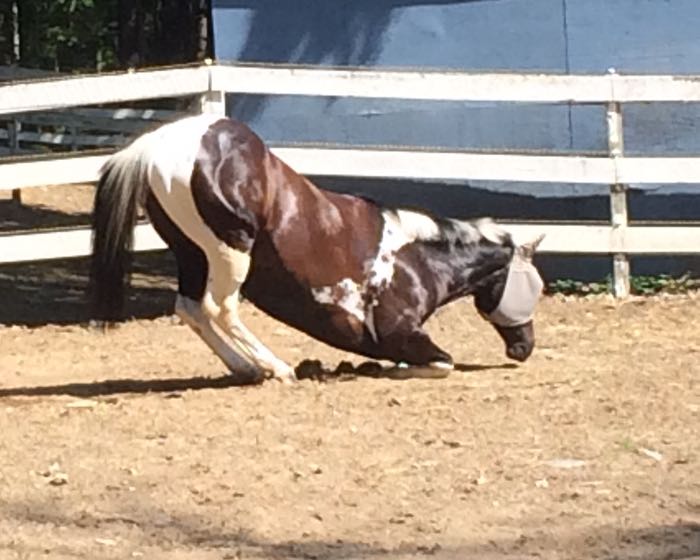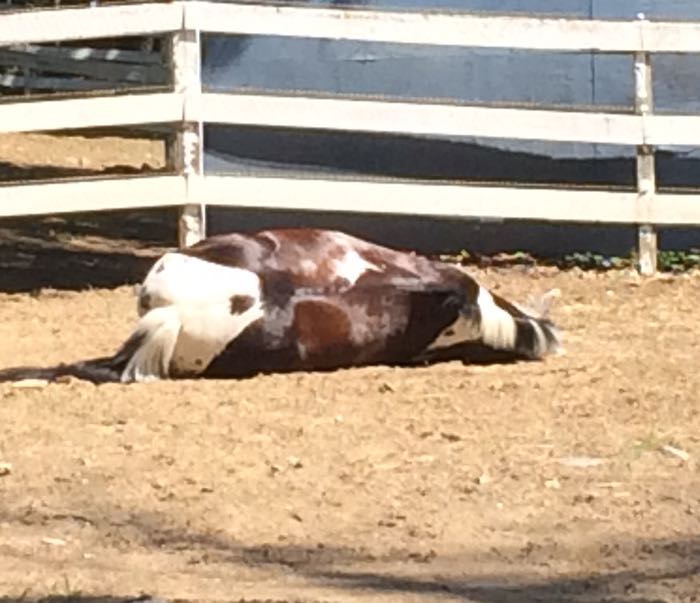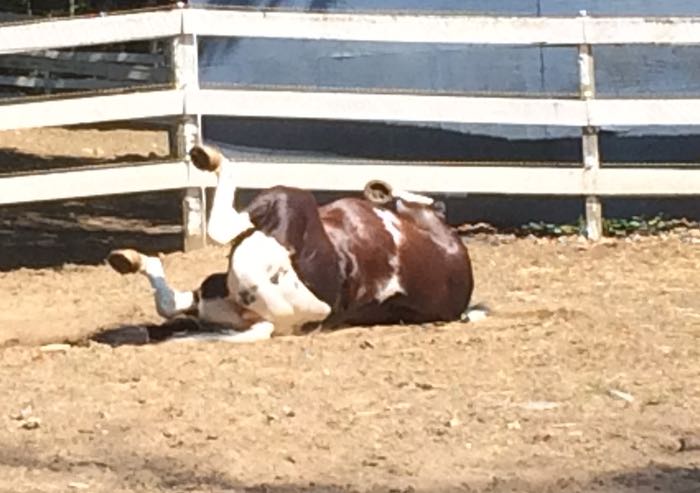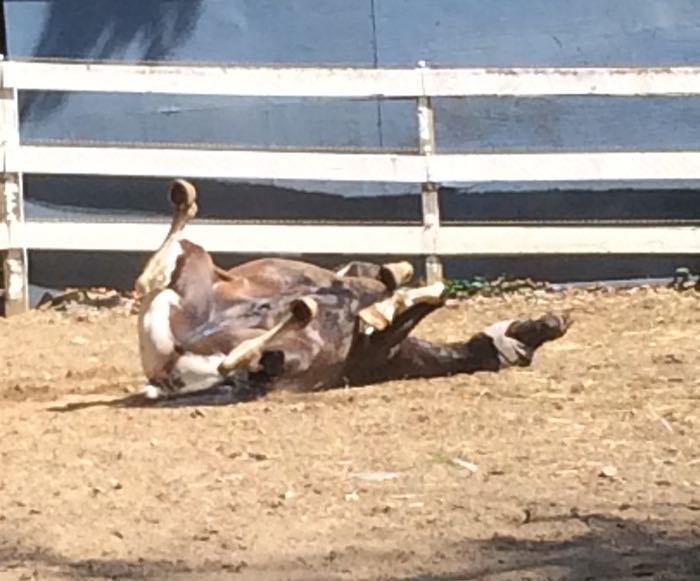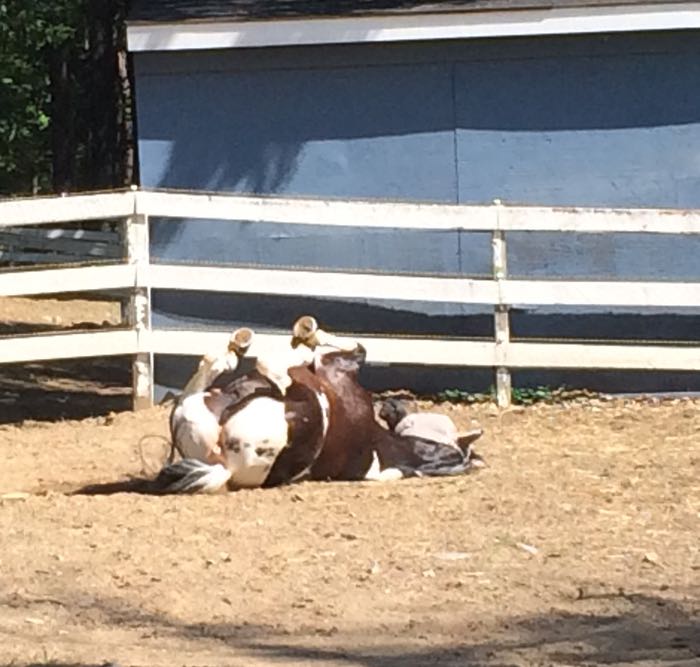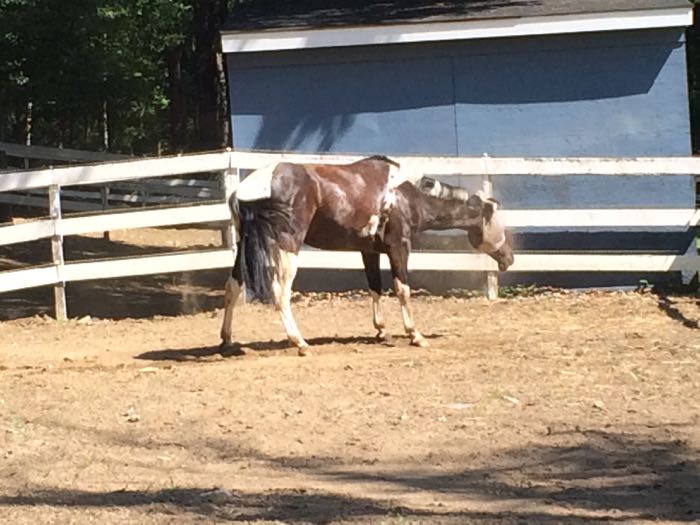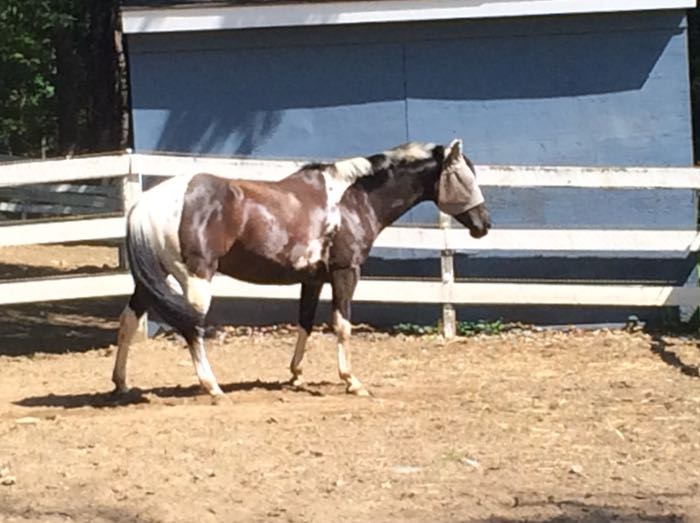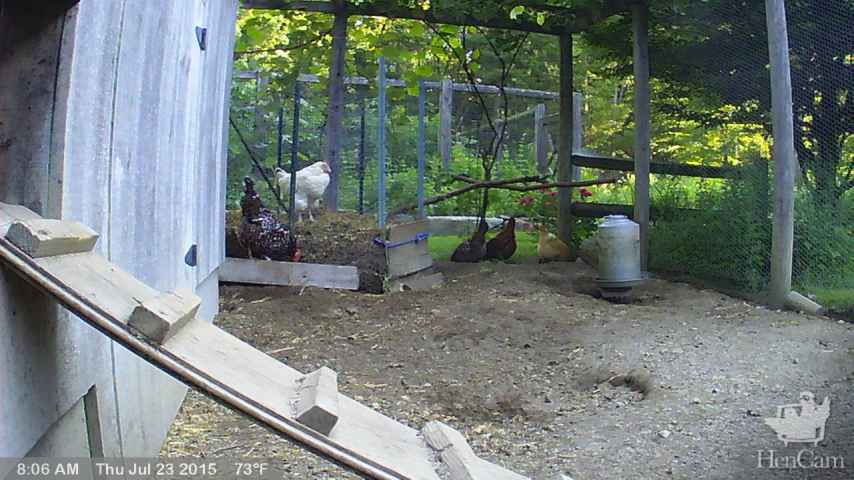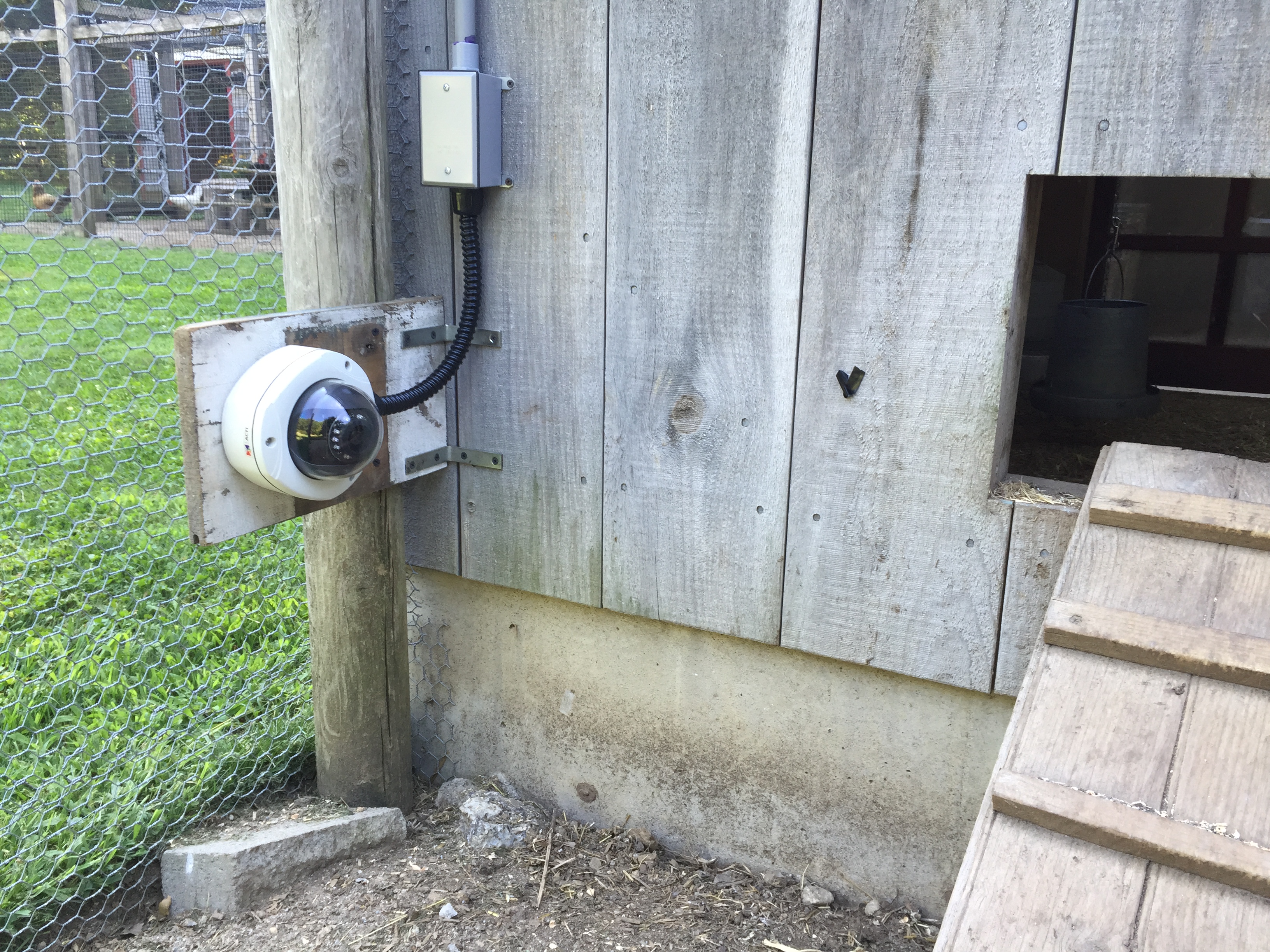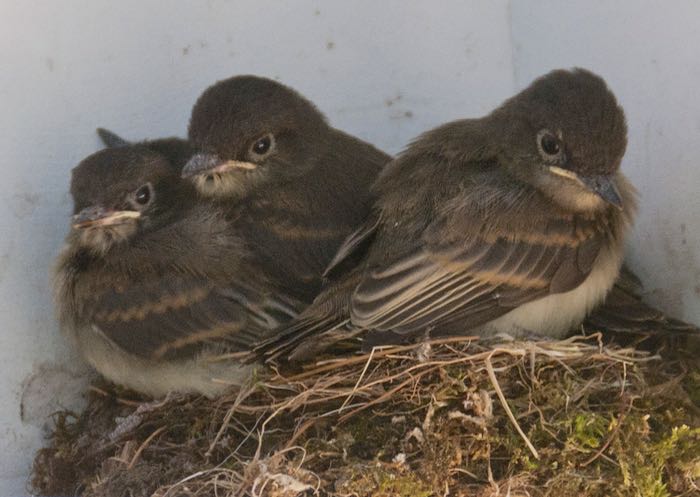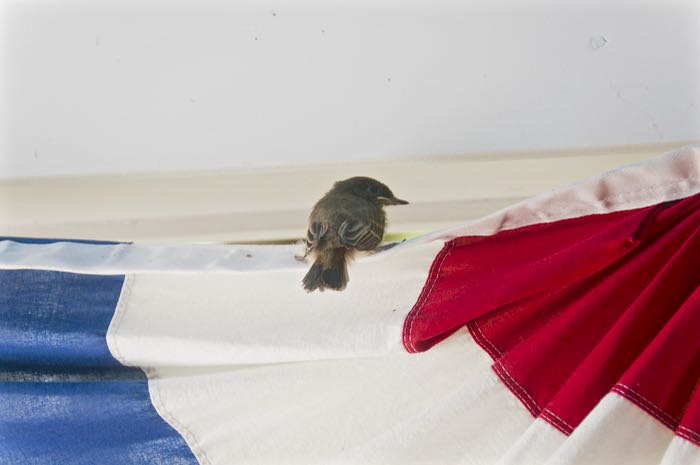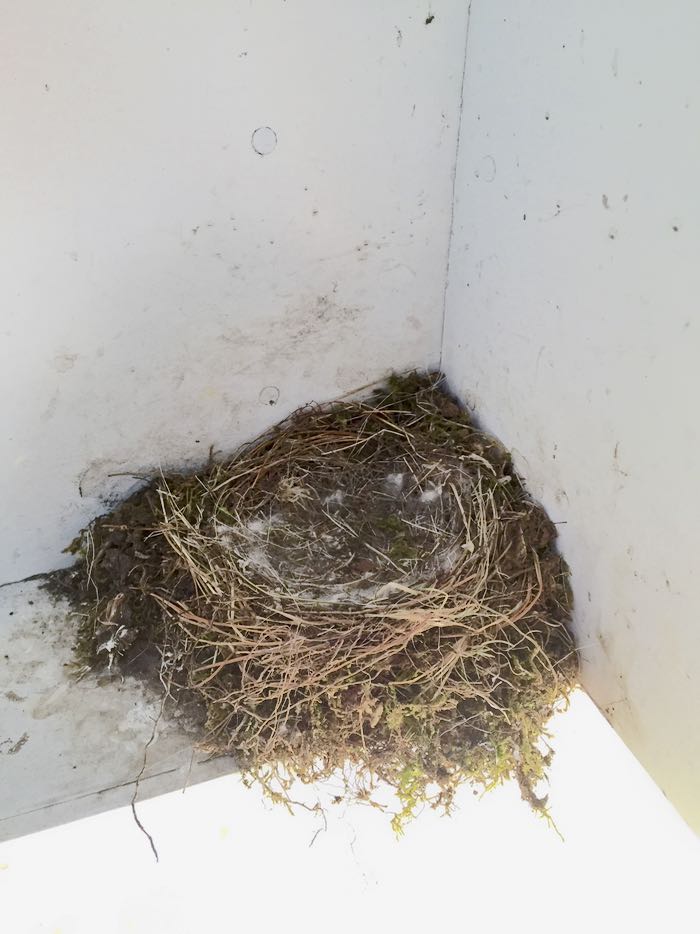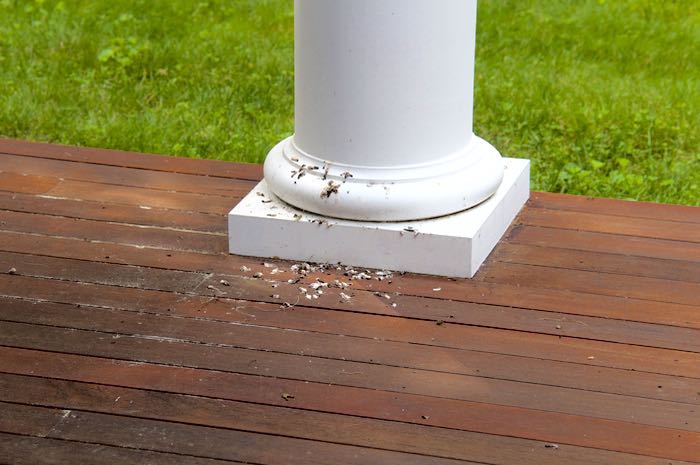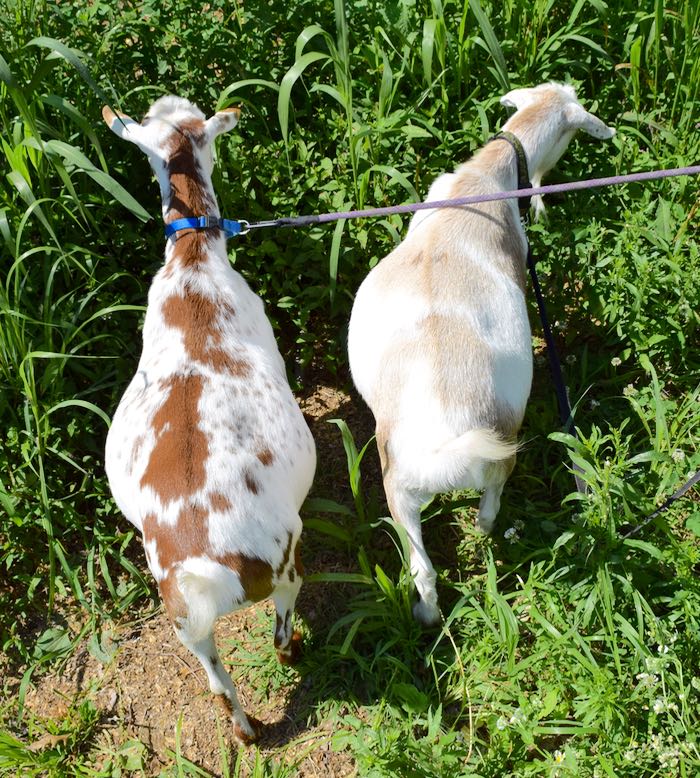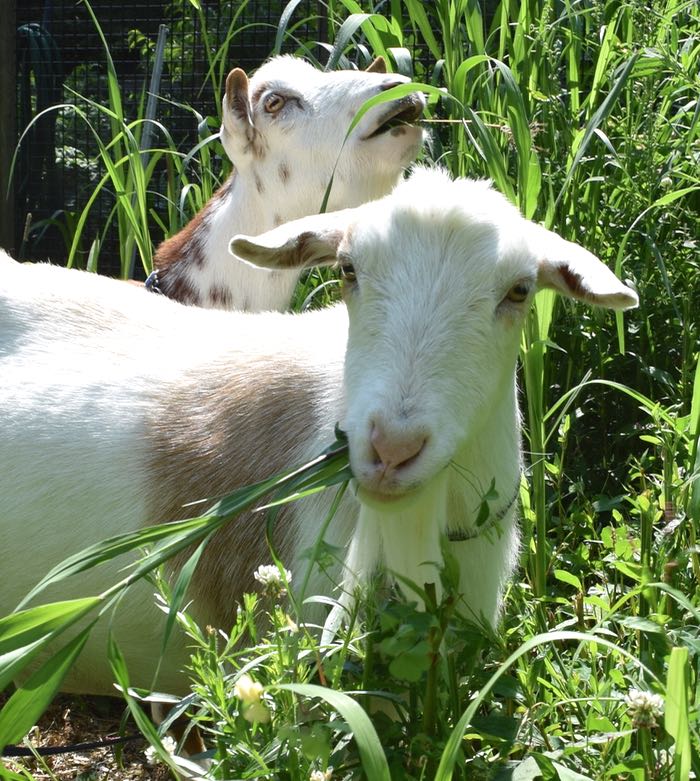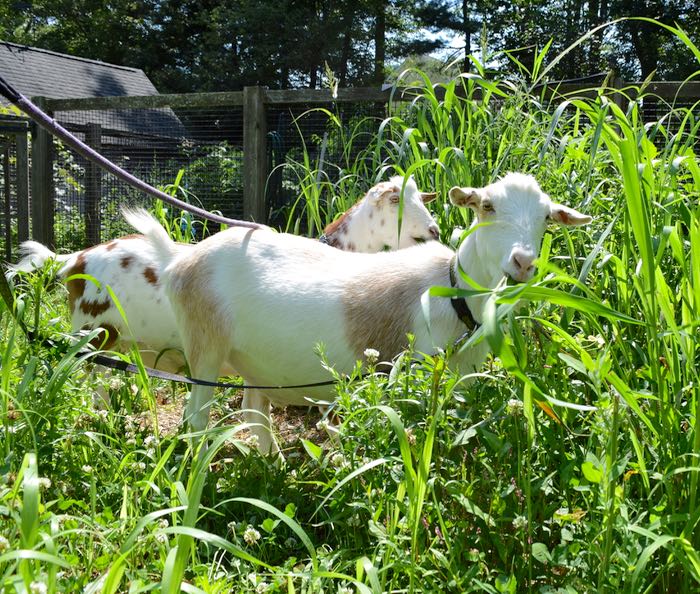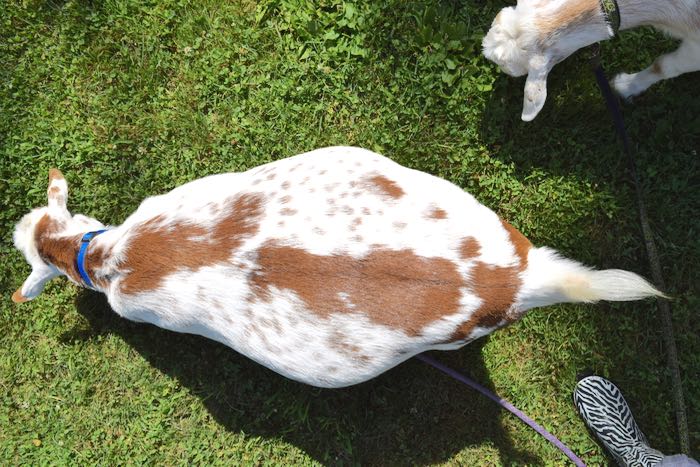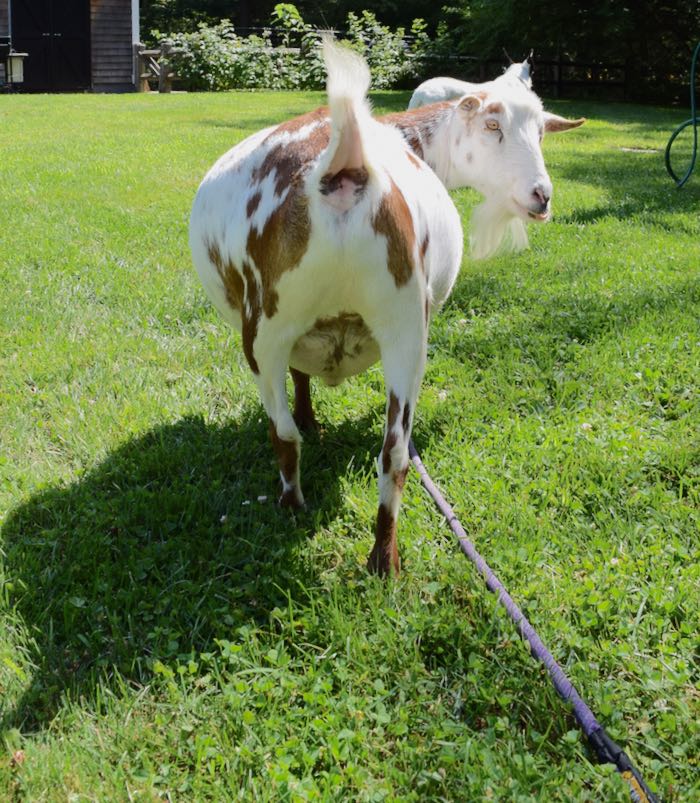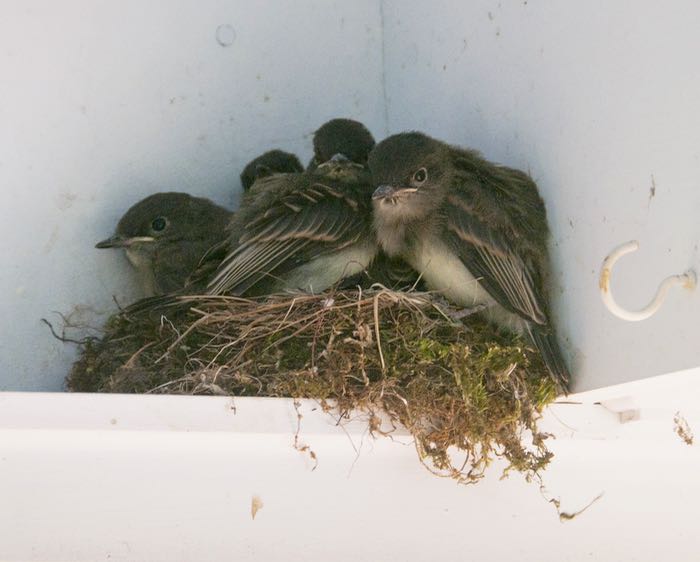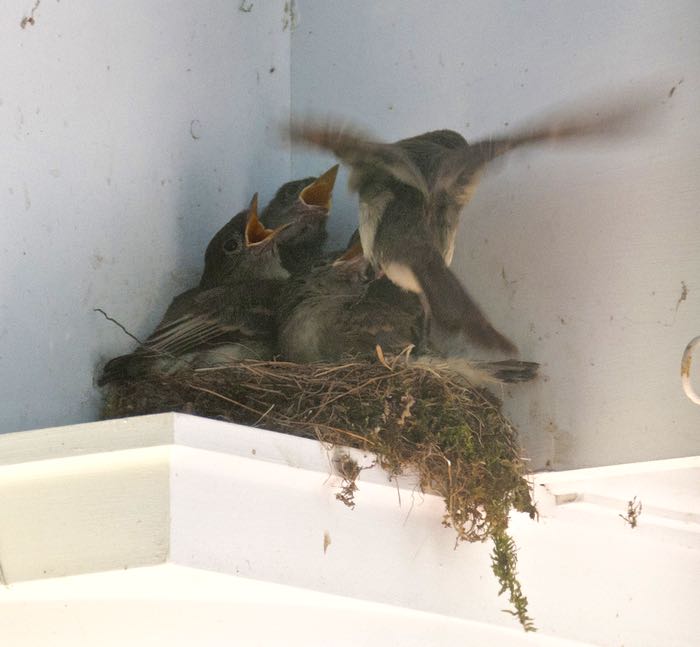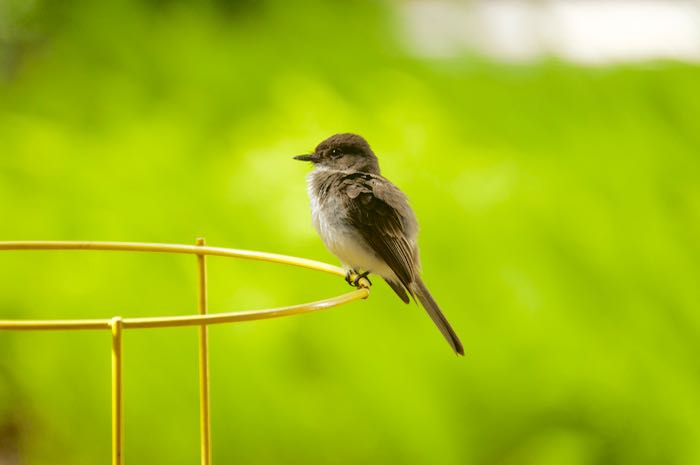I’ve talked a lot about how and why chickens take dust baths. For those of you who don’t have hens, you can watch this video. (I made it four years ago, and there’s a cameo by the late, great Empress of the yard, Candy.) Of course, chickens aren’t the only animals that dust bathe. Tonka likes a roll in the dirt, too.
The summer brings good things, like warm days, growing grass and good footing for trail rides. But it also brings bugs. Around here, we have mosquitos, deer flies, green head flies, and an entire assortment of horse flies, gnats and stable flies. All of the horses get turned out with
Auto Amazon Links: No products found.
Horses do like to lie down. In fact, in order to have REM sleep, they must be lying down (which is why his stall has soft, clean bedding. Essential for a horse’s health!) But, horses are designed for running, not rolling. Getting down in the dirt is not the most graceful thing that a horse does. The other afternoon, I took this series of photos. Not the best quality – off my phone – but it gives you a sense of how awkward it is for a 1,000 pound animal to coat himself with dust. By the way, some horses are one-sided, but Tonka gets both sides done.
Before rolling, Tonka takes a few good whiffs of the ground. Despite their big, beautiful eyes, horses actually don’t have great vision and it turns out that they likely rely on smell more than sight for essential information. (I’ll write a post about that. Fascinating.)
After selecting the perfect spot, Tonka paws.
Lowering himself to the ground takes some maneuvering.
Once down, the dust bath begins.
Not exactly a view of the noble horse.
But content? Yes.
Now Tonka has relief from the flies and can take a nap in peace.
